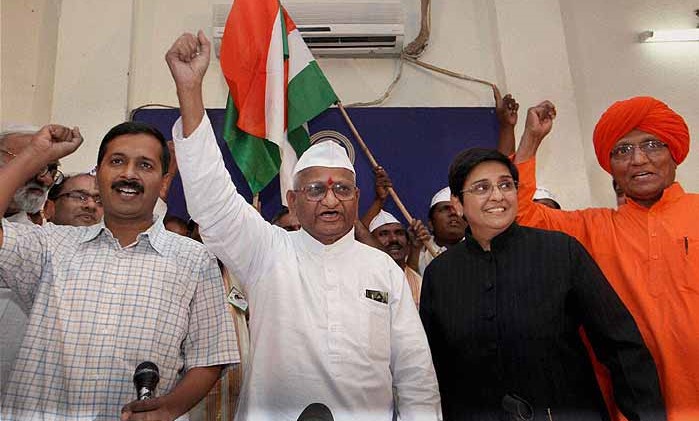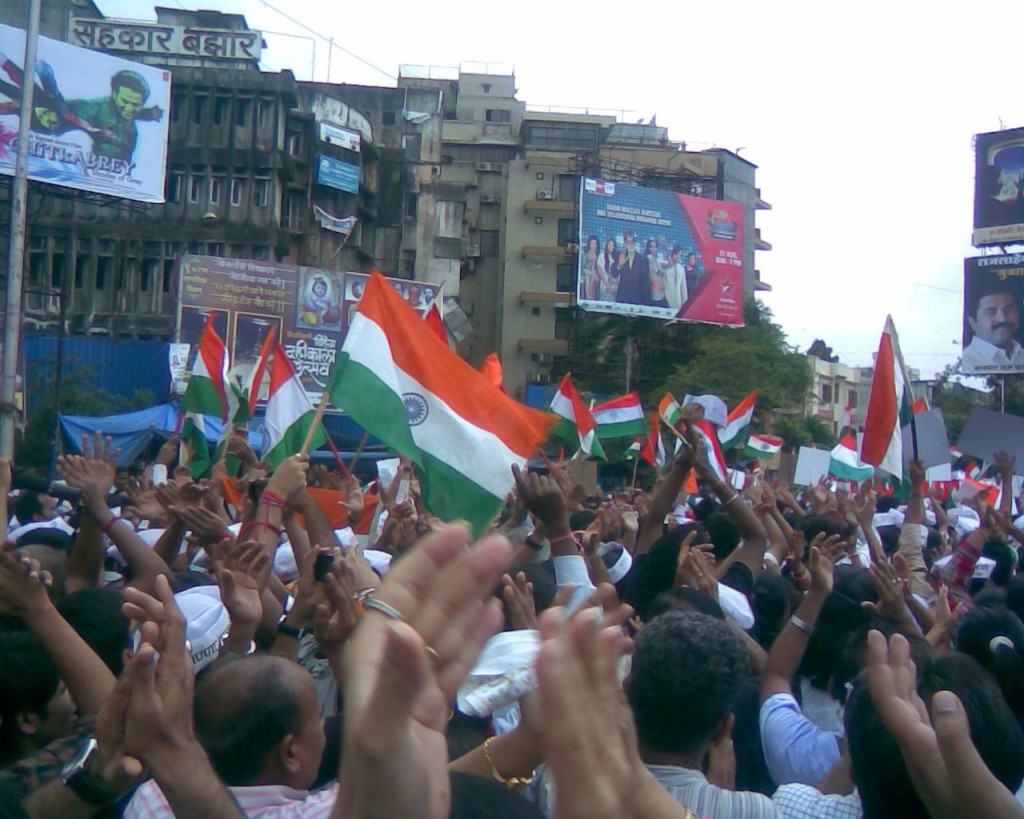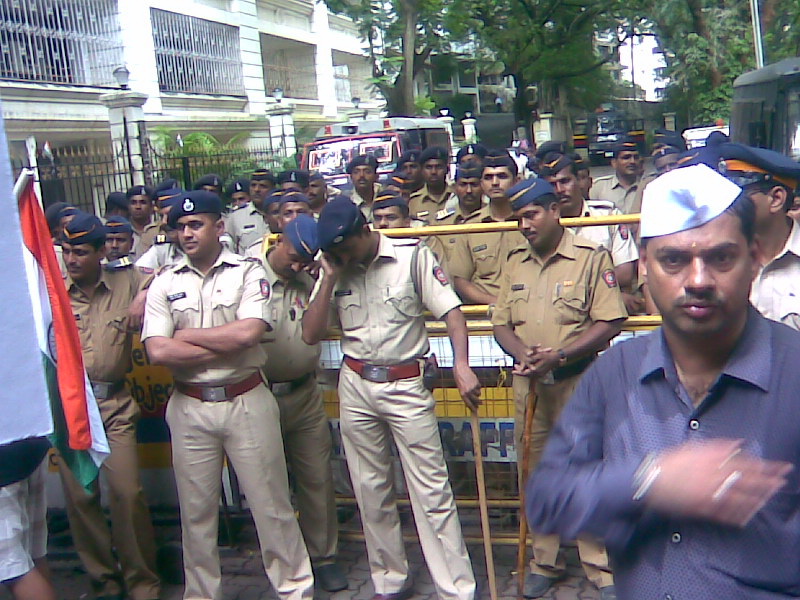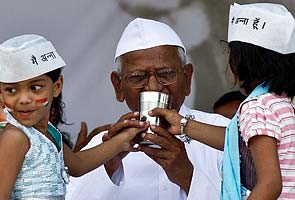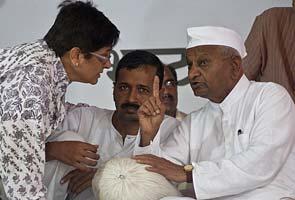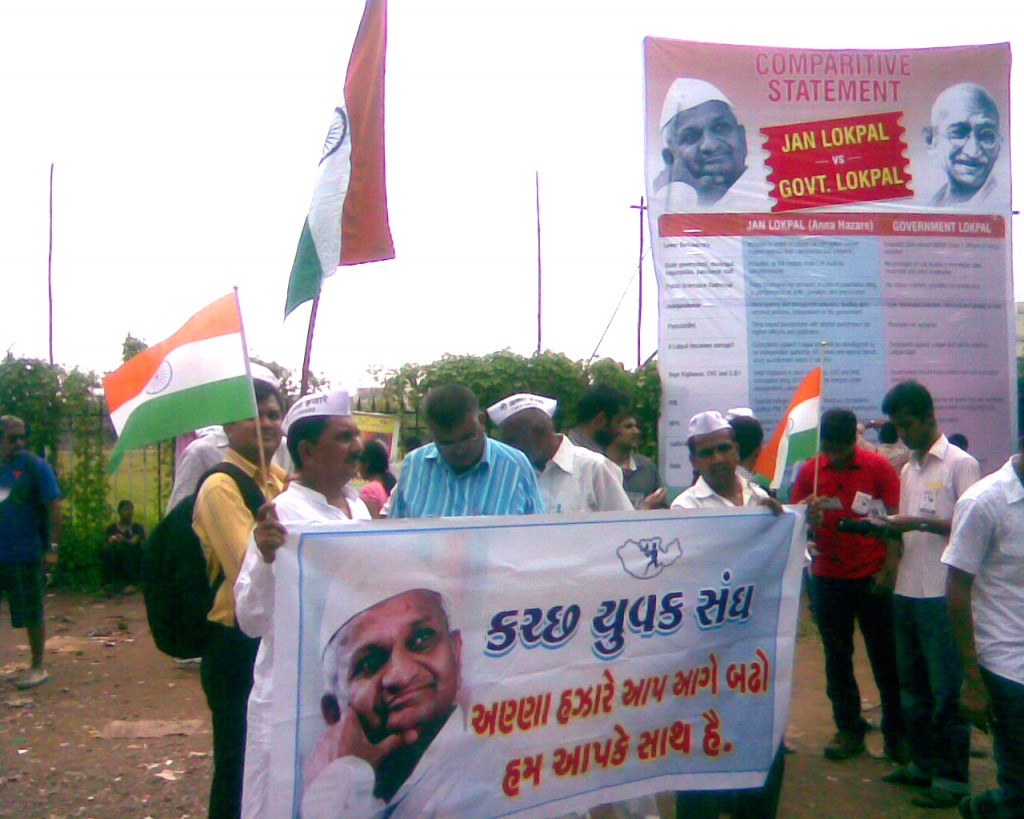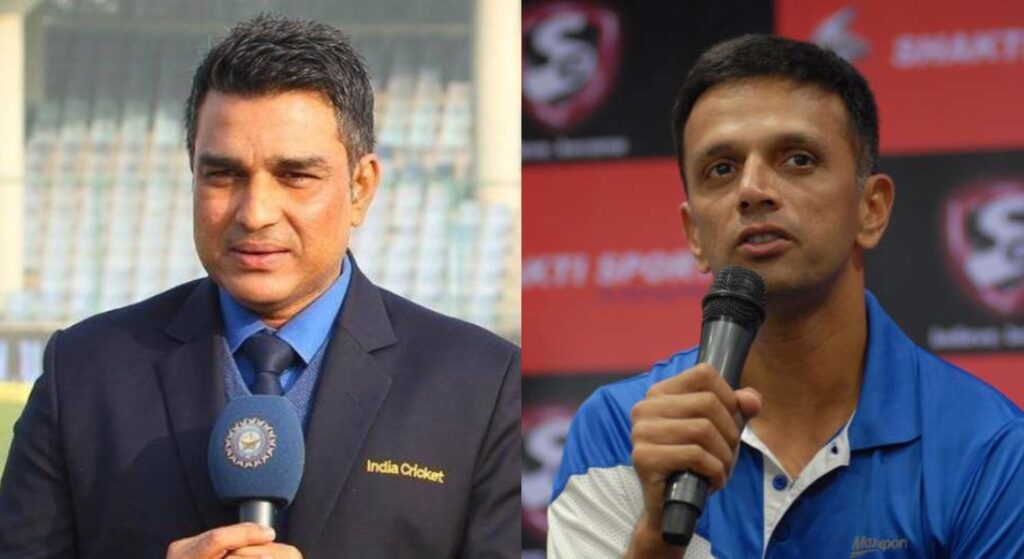Before the start of any world tournament, be it the 50 over World Cup, T20 World Cup or ICC Champions trophy, discussions start making rounds on social media on whether South Africa will win its ‘first ever’ world title this time. The same is the case with the arrival of the upcoming T20 World Cup 2021.
There is nothing wrong in having this discussion, except to believe that South Africa has never won a world title. The Proteas have won not one but two world titles already. And a lot of us seem to have forgotten that. It is widely believed that the team has never even reached the final of any world tournament, which is so wrong.
The first ICC Champions Trophy started off in 1998 in Dhaka, Bangladesh. It was also called the ‘Mini World Cup’ or ‘ICC Knock Out’ back then. It followed the format of eight teams participating in quarterfinal stage at the start. The four winners would play the semi-final and the last two the finals.
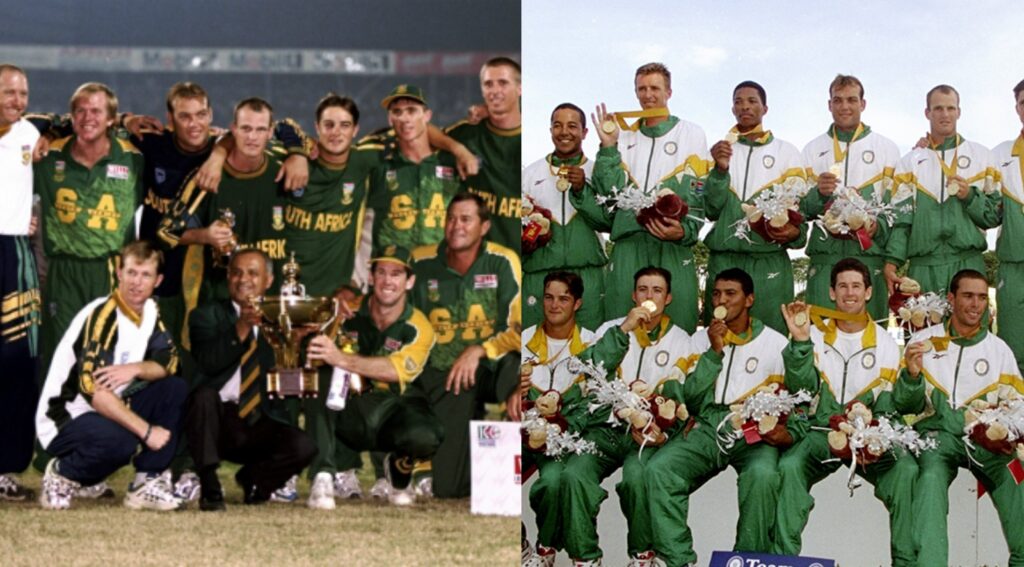
South Africa met the West Indies in the final, which was touted to be an exciting contest and this is exactly what it turned out to be. West Indian opener Philo Wallace, who was a star back then, scored 103 off just 102 balls. It looked like they would easily cross the 300 mark but Jacques Kallis’s 5 for 30 ensured that they got all out for just 245 in the last over.
In reply, South African openers Daryll Cullinan and Mike Rindel started well and put on 54 runs. But they kept losing wickets and were reduced to 137 for 5 at one stage. But their late captain Hansie Cronje was going strong. He scored 61 off 77 balls under pressure and had two useful partnerships with Dale Benkenstein (27 off 40) and Derek Crooks (24* off 21) to see his side home by four wickets.
This was the first time South Africa lifted a world title. But this achievement is still somewhat remembered by the cricketing world but the other one isn’t.
Cricket was introduced for the first time in the 1998 Commonwealth Games (CWG). It saw the participation of 16 countries, which is much more than what we see in any World Cup. It had West Indian islands Jamaica, Antigua-Barbuda and Barbados participate separately. It also saw the participating of non-regular teams like Canada and Northern Ireland.
Of all the test-playing countries, only South Africa, Australia, New Zealand and Zimbabwe fielded their strongest teams. During the same time, India also had to participate in the Sahara Cup, the bilateral series against Pakistan that used to take place Toronto, Canada. Hence, they split their main team into two and sent two teams each for the Commonwealth Games and Sahara Cup. Pakistan sent a second string team.
The two best teams of the CWG, South Africa and Australia, reached the finals. The Aussies batted first and were bundled out for just 183. Shaun Pollock was the star as he picked up 4 for 19. While chasing, Andrew Hudson (36 off 39), Rindel (67 off 106) and Kallis (44 off 96) helped South Africa win the final in a comprehensive way by four wickets. They were without the services of Cronje in this series.
CWC matches didn’t have the stamp of the ICC (International Cricket Council). But it was still a world tournament nevertheless and the matches were played in all seriousness.
Interestingly, South Africa won two world titles not just in the same year but also in a span of less than a month and a half (CWC final: September 19, ICC KO final: November 1).
Those were the days when South Africa was the best team in the world, at least in ODIs. At the end of the previous year (1997), they had also won the quadrangular tournament in Pakistan. Once again, they won the final while chasing.
Also read:
Sachin’s 1st first-class 200 vs Australia in 1998: Forgotten moments
